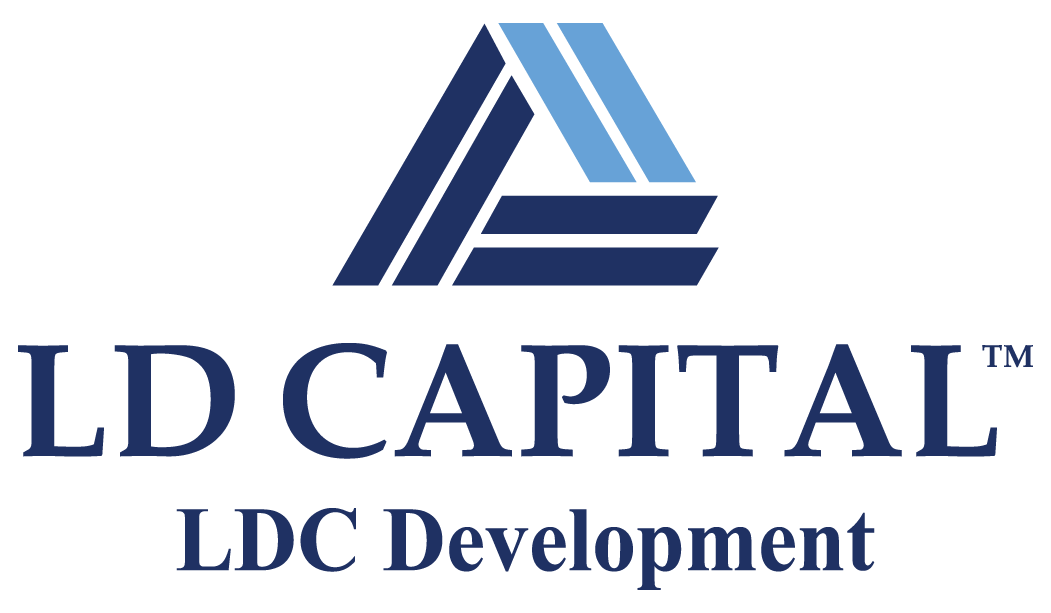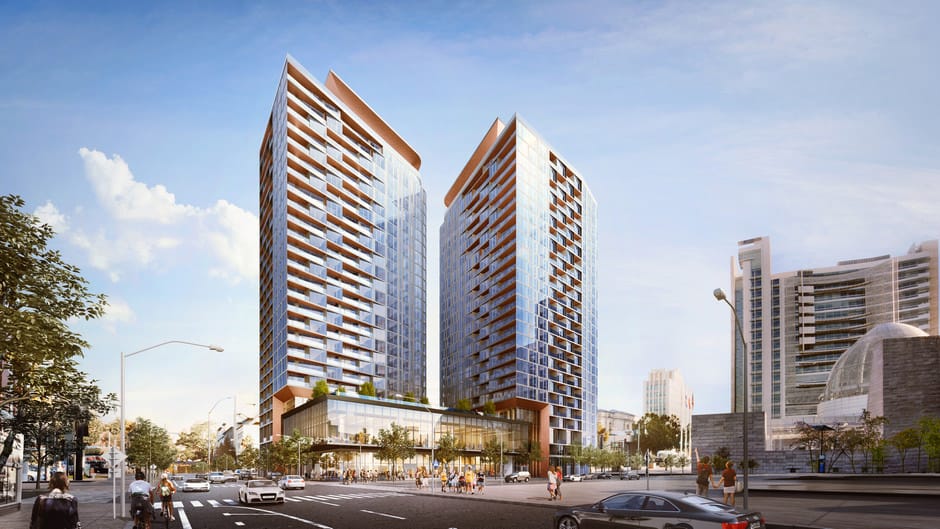
Introduction
The construction industry continues to evolve, driven by advancements in technology, changes in materials, and the growing demand for sustainable and efficient building solutions. Staying informed about the latest trends helps construction professionals adapt to the demands of modern projects and remain competitive. Here, we explore the top ten construction trends in 2024, offering insights that can benefit construction companies, developers, and homeowners alike.
Trend 1: Sustainable Construction Materials
- Recycled Materials: The use of recycled materials, such as reclaimed wood, metal, and concrete, is gaining traction.
- Carbon-Neutral Goals: Many construction firms are aiming for net-zero carbon emissions, driven by stricter regulations and an increase in consumer demand for eco-friendly construction.
Using sustainable materials can attract eco-conscious clients, reduce costs, and support the global push toward greener building practices.
Trend 2: Advanced Prefabrication and Modular Construction
Prefabrication and modular construction techniques allow for faster, cost-effective project completion, as well as more efficient use of materials.
- Speed and Efficiency: Building modules off-site reduces construction time by up to 50%.
- Reduced Waste: Controlled factory environments help minimize waste, adding an eco-friendly advantage.
These methods are especially popular for projects requiring rapid assembly, such as affordable housing, medical facilities, and educational buildings.
Trend 3: Building Information Modeling (BIM)
BIM continues to revolutionize construction design and management, streamlining workflows and improving project accuracy.
- Enhanced Visualization: BIM provides a detailed, 3D model of a building, allowing stakeholders to visualize each stage of construction.
- Real-Time Collaboration: Cloud-based BIM software enables teams to work in real-time, sharing updates and adjusting plans as needed.
This trend is essential for improving communication among architects, engineers, and construction teams, resulting in more precise and efficient builds.
Trend 4: Green Roofing and Urban Green Spaces
Green roofing and urban green spaces are now common elements in urban construction, providing both environmental and aesthetic benefits.
- Temperature Control: Green roofs improve energy efficiency by reducing heat absorption in buildings.
- Air Quality: Green spaces help absorb CO2 and pollutants, improving air quality for surrounding areas.
Urban green spaces also add value to commercial and residential properties, as they are highly desired by city dwellers.
Trend 5: Construction Automation and Robotics
Robotics and automation are transforming construction sites by reducing human error, improving safety, and boosting efficiency.
- Robotic Bricklayers: These machines can lay bricks at double the speed of human laborers, enhancing productivity.
- Drones for Site Monitoring: Drones help monitor progress, survey land, and conduct safety inspections without disrupting work.
Automation is particularly useful in repetitive or high-risk tasks, enabling workers to focus on complex aspects of a project.
Trend 6: 3D Printing in Construction
3D printing offers groundbreaking possibilities in construction, from custom architectural designs to rapid building of affordable homes.
- Cost Savings: 3D-printed buildings require fewer materials, helping reduce construction costs.
- Custom Designs: This technology allows for highly customized architectural features, appealing to innovative clients.
3D printing is becoming a valuable asset in residential construction and even large-scale projects like bridges.
Trend 7: Smart Building Technology and IoT Integration
The integration of smart technologies and IoT (Internet of Things) in construction is rapidly advancing, resulting in “smart buildings” that are both efficient and user-friendly.
- Energy Management Systems: IoT devices help monitor and control energy use, reducing waste.
- Real-Time Building Health Monitoring: Sensors embedded within structures can detect potential issues before they become major problems.
Smart buildings are particularly popular in commercial real estate, where energy savings and user convenience are top priorities.
Trend 8: Augmented Reality (AR) and Virtual Reality (VR) in Construction
AR and VR tools are transforming the way construction professionals design, plan, and execute projects.
- Enhanced Project Visualization: AR and VR allow clients to “walk through” virtual models of their projects.
- Improved Safety Training: VR offers immersive safety training simulations for workers, reducing on-site accidents.
These tools help bridge the gap between the design phase and actual construction, ensuring projects meet client expectations.
Trend 9: Emphasis on Safety and Health Regulations
Safety remains a top priority, with new technologies and stricter regulations aimed at reducing accidents on construction sites.
- Wearable Technology: Smart helmets and safety vests equipped with sensors can detect hazardous conditions.
- Stricter Safety Protocols: Enhanced safety regulations and compliance standards are in place to protect workers.
Emphasizing safety not only ensures compliance but also boosts worker morale and reduces project downtime.
Trend 10: Digital Project Management Tools
Digital tools are essential for streamlining project management, scheduling, and budgeting in construction projects.
- Scheduling and Task Management: Cloud-based project management platforms help keep projects on track by allowing teams to assign tasks, monitor progress, and adjust timelines.
- Budget Tracking and Forecasting: Real-time financial tracking ensures projects stay within budget, with data analytics offering valuable insights for future planning.
These tools help minimize delays, manage resources more efficiently, and provide transparency to stakeholders.
Conclusion
As we move into 2024, the construction industry is poised to make even greater strides with the help of technology, sustainability, and innovative building methods. From green building materials to the latest digital project management tools, construction professionals are well-equipped to meet the needs of modern clients and deliver high-quality, eco-friendly projects. Staying informed and adapting to these trends will be essential for companies like LD Construction to stay competitive, grow their business, and meet client expectations.

